Explore the wonders of Fez, Morocco’s historic city. Discover its rich cultural heritage and breathtaking architecture. Step into the past in Fez, Morocco’s oldest Islamic city. Immerse yourself in its centuries-old culture and architectural marvels.
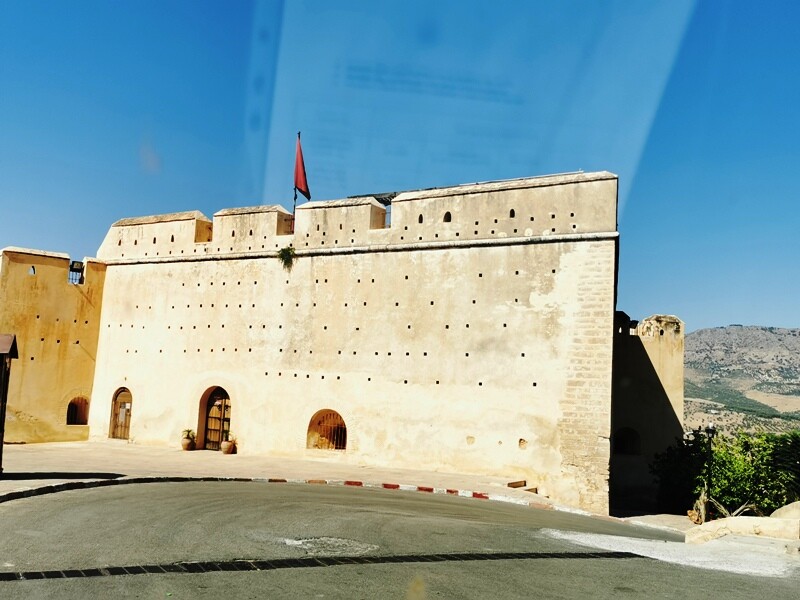
IMMERSE YOURSELF IN THE RICH HISTORY OF FEZ, MOROCCO’S OLDEST ISLAMIC CITY. EXPLORE ITS HISTORIC CULTURE AND BREATHTAKING ARCHITECTURE
Fez, Morocco’s oldest Islamic city and third largest after the capital Rabat and the commercial hub Casablanca, a 1200 years-old living museum of historic Hispano-Arabic culture and architecture that blends harmoniously with the cosmopolitan edge it has enjoyed for centuries. It sits on a plain overlooking the Middle and High Atlas region, which has become a haven for trekkers, winter-sports and wildlife enthusiasts, and those in search of Morocco’s traditional villages and way of life. Fez came to the fore as a major city when it was made the capital of Morocco in 809.
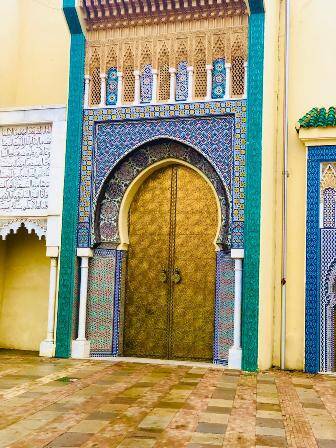
For centuries, Fez was home to the royal family, top politicians, and financial and commercial leaders, as well as musicians, writers, and intellectuals, many of whom were educated in its universities. Although Meknes, Marrakech, and Rabat have all since held the crown as Morocco’s capital city for certain periods of time, Fez has had the longest tenure as its capital and continues to thrive as a dynamic city to this day. Fès has three main areas, all overlooked by a necropolis and the remains of a 16th-century palace. Fes el Bali is the oldest part of the city characterized by a maze of lanes, courtyards, and alleyways dating from as early as the eighth century. Its medersas (universities), palaces, souks, mosques with soaring minarets and graceful domes, and stone dwellings (known as fondouks) are all fine examples of early Islamic, Moorish, and Andalusian architecture.
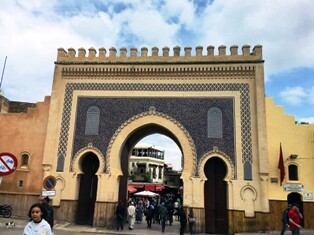
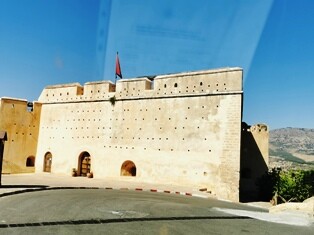
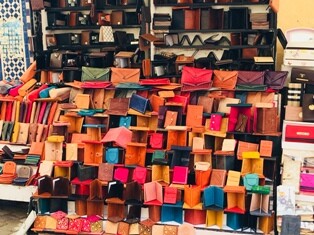
Declared a UNESCO World Heritage site in 1983, Fez el Bali is a huge, car-free medina and an essential site for any visitor to Morocco. Fez el Jedid, also known as Fez Jdid, is an extension to Fès el Bali. Founded in the 13th century by the Marinids, this is where the imposing Dar el Makhzen Royal Palace, the city’s Jewish Quarter, and some of Fez’s finest shopping areas, along the grande rue de Fes el Jedid, can be found. The third district of Fès is the mainly residential Ville Nouvelle.
Its wide boulevards, designed almost exclusively during the French protectorate, are lined by trees, plush homes, public gardens, and shady café terraces, giving it a distinctly European feel. Fes is now the capital of the Fez-Boulemane region, which includes Fez-Dar-Dbibegh in the center and the provinces of Sefrou, Moulay Yacoub, and Boulemane. The landscape is as varied here as anywhere in Morocco. Deep valleys covered with flowers and forests of cedars contrast with mountainous terrain of foothills and peaks, gorges, palm groves, and desert.
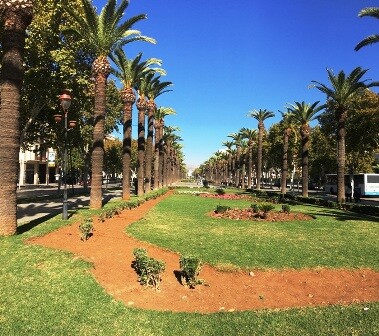
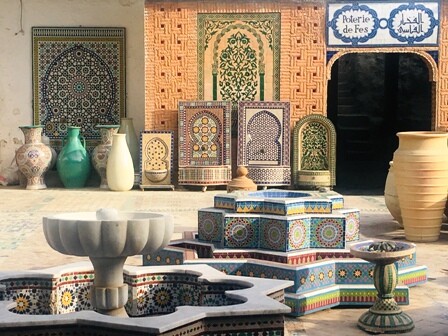
CENTRAL FEZ
Layers of history unfold like an exotic flower in the culturally rich and complex city of Fez, from the Hispano-Arabic influenced mosques,Medersas (universities), labyrinthine lanes, and courtyards of 8th century Fez el Bali, to the 13th century Marinid royal palaces and gardens surrounded by the Jewish architecture of Fez el Jedid, to the elegant, wide, tree-lined boulevards of the 20th century French, built ville nouvelle.
THE FEZ: A distinctive Hat
The city of Fez is famous for its brimless, red, cylindrical hat known as a fez, fèsi, or Tarboush. Until the 19th century, it was the only city in the world to manufacture this popular headgear favored by men and military personnel in the Maghreb, Greece, and the Ottoman Empire. Its origins are unclear and some stories suggest it was first conceived in ancient Greece, but the most popular account is that it came from Fès, where they can still be purchased in the medina. This hat is made of a woven fabric similar to felt and adorned with a tassel. It is generally red in color, although variations have included white and black. The red dye for the hats is produced from kizilcik berries that thrive on the outskirts of the city.
FEZ POTTERY
As you wander around the city’s shops and souks, you will see the brilliant cobalt-blue pottery that has been made in Fès since the 11th century. Craftsmen still make it by hand in workshops off the rue Talaa Kebira, turning pots on a traditional potter’s wheel as has been the practice for centuries. Water is added to the clay to make it moist and malleable before each piece is fashioned and then fired in a large kiln fueled by olive pits. Afterward, intricate geometric or floral designs horsehair brushes onto the surface of the are painted with delicate pottery, which is then sealed with a final firing. Among the pieces are jugs, vases, jars with lids, bowls, plates, and tajines (for cooking Morocco’s famous cous cous). You can visit a pottery factory (Cooperative des Patrons Potiers, rue de Sidi Hrazem, Ain Nokbi, to see Fez pottery being made in the industrial quarter of Ain Nokbi, near Bab Ftouh in the Andalusian district. However, if you are looking for gifts, the best buys can be found in Fès el Bali medina’s Souk el Henna, located in a square off Souk Attarine (souk el Attarine).
INSIDER TIP:
- Visit the carpenters, blacksmiths, or any type of craftspeople willing to give you behind the scenes access. Some of the oldest and most traditional crafts in Fez are the Moroccan slippers and the ornate and highly detailed tea service sets.
JEWISH QUARTER
Located in the southeast of the Fez el Jedid district is the Jewish Quarter of the city known as the mellah. Most major Moroccan towns and cities have a mellah, but the one in Fès is widely believed to have been the first. It dates from the 14th-century Marinid period, although the present buildings are mostly 18th and 19th century and noted for the fact that they bind unusually close together. When the mellah was created, space was limited, so families built their homes with two stories and close together. An inner courtyard provided the only outside area. As you wander around, you will see this rare form of architecture, along with many souks and workshops, where traditional crafts are being made.
Please subscribe to our newsletter to receive our recent published posts.








1 thought on “RICH HISTORY OF FEZ”
BASIC INFORMATION ABOUT DATA PROTECTION FROM FINEST MOROCCO TOUR
Responsible: FINEST MOROCCO TOUR. Purposes: Respond to your requests and send commercial information about our services. Legitimation: Consent of the interested party. Recipient: The transfer of data to third parties is not foreseen, except legal obligation. Rights: You can withdraw your consent at any time, as well as access, rectify, delete your data and other rights at info.fmtour1@gmail.com. Additional Information: You can expand the information in the following link: “PRIVACY POLICY”.